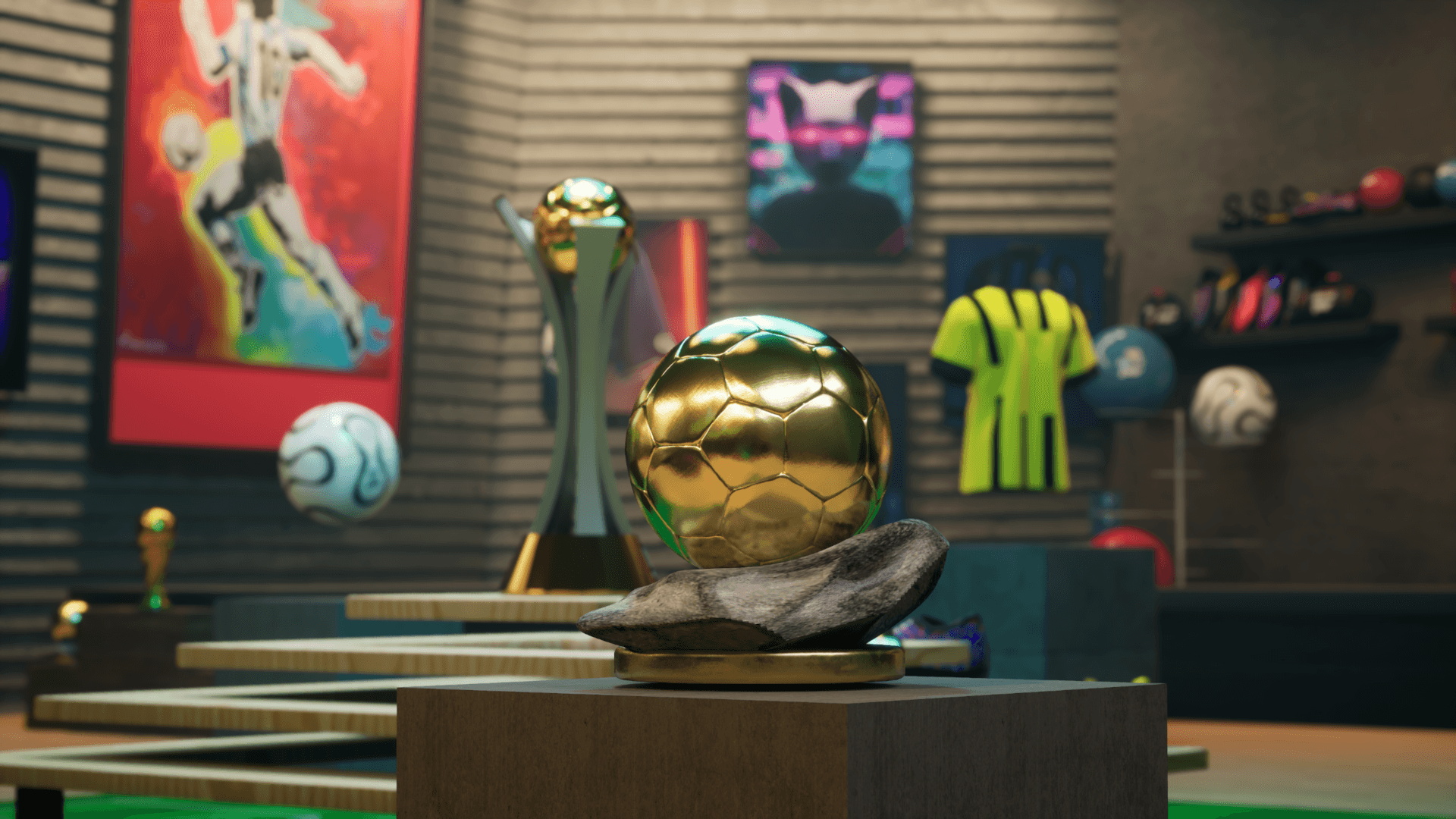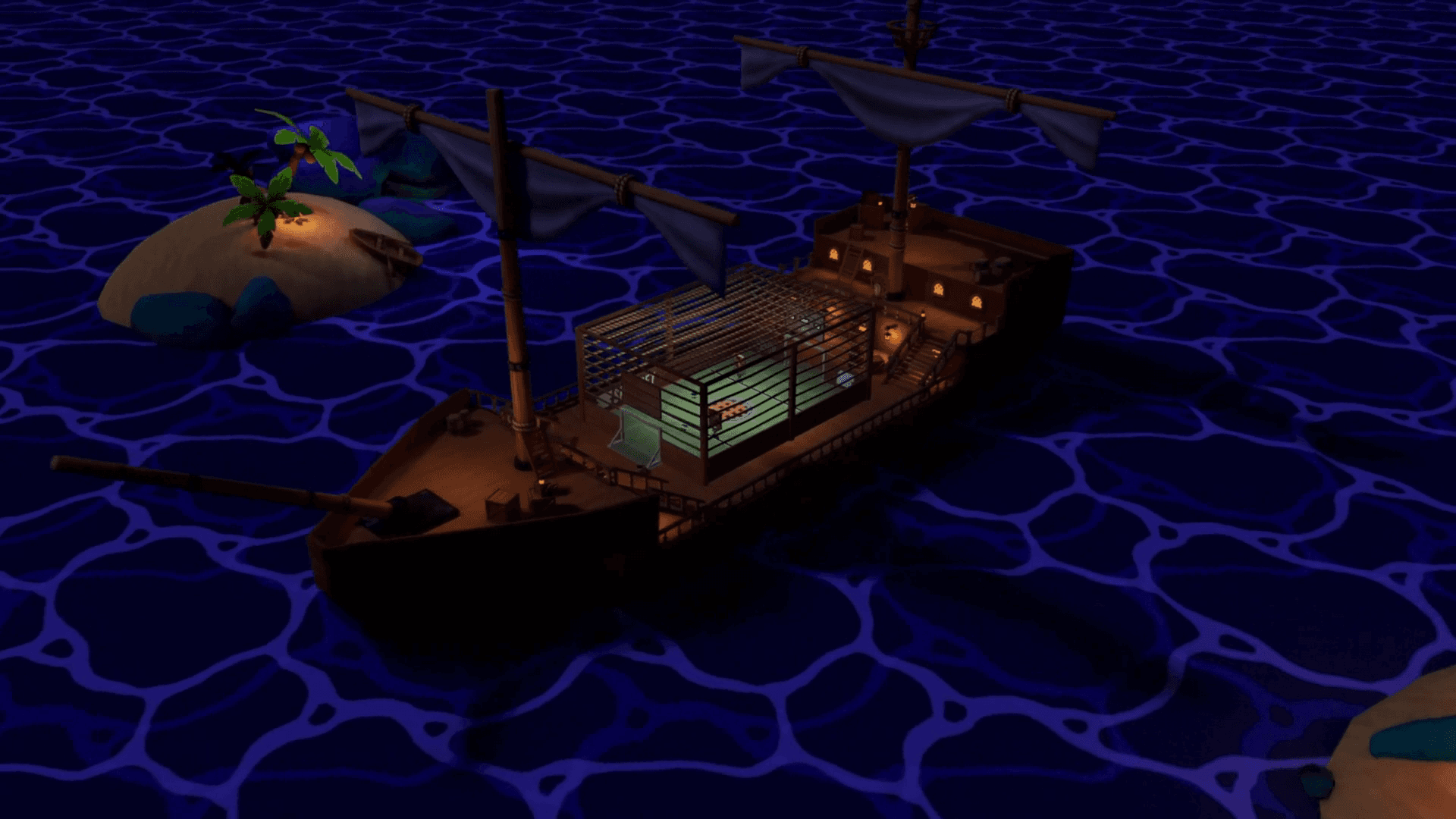
Types of 3D videos, what they are and how they differ
Discover the main types of 3D videos, how they differ, the most common uses, and how to choose the best format depending on your project or communication goals.
Types of 3D videos, what they are and how they differ
In recent years, 3D videos have become one of the most powerful and effective tools in visual communication. Today, we see them everywhere: in advertising, video games, online product configurators, virtual tours, industrial training, and even during events and trade shows where they are used to create immersive environments and stage designs.
There are different types of 3D videos, each with its own characteristics, goals, and level of interactivity. Knowing the differences is essential when choosing the right solution for a project—especially in marketing, 3D video production, or digital communication.
What 3D videos are and why they’ve become so important
A 3D video is a digital animation that represents objects or environments starting from a three-dimensional model, simulating depth, lighting, and space in a realistic way. Unlike a traditional 2D video, which simply captures what already exists in reality, a 3D video allows you to create, modify, and control every element of the scene.
Thanks to CGI (Computer-Generated Imagery), it is possible to animate products, environments, characters, or machinery that do not yet exist in reality, are too expensive to build physically, or are simply impossible to film with a camera.
The evolution has been fast: from the first CGI films of the 1990s to stereoscopic 3D movies in cinemas, and now to current applications in the web, virtual reality, education, gaming, and e-commerce. Today, 3D is no longer tied only to entertainment—it has become a strategic tool in communication, marketing, sales (both physical and online), training, and brand storytelling.
How a 3D video is made: production process and equired skills
Creating a 3D video is both a creative and technical process that involves multiple stages and specialized professionals. It doesn’t start with software, but with ideas and planning. A 3D video production begins with the concept, followed by writing the brief and creating the storyboard, which visually defines the scenes, camera angles, and narrative flow. Once the idea is approved, production moves into the 3D modeling phase, where artists and designers create objects, environments, characters, or products using software like Blender, Cinema 4D, Maya, or 3ds Max.
After the geometry is modeled, artists apply materials and textures, which are essential to giving surfaces realistic appearances such as wood, metal, fabric, glass, or skin. The next step is lighting and animation, where objects, cameras, and characters are brought to life with movements, physics simulations, and shadows.
One of the most delicate stages is rendering, where the 3D scene is processed and transformed into an actual video or sequence of images. This phase can be very time-consuming depending on the level of realism, reflections, transparency, lighting, and simulation involved. Once rendering is complete, the workflow moves to post-production, where visual effects (VFX), compositing, color grading, music, sound design, voiceover, and final editing are added.
If the project involves interactive 3D content, such as a virtual tour, product configurator, or VR experience, there is an additional step: software development in real-time engines like Unreal Engine, Unity, or WebGL. In this phase, the scene becomes navigable and responsive, allowing the user to interact through mouse, touchscreen, game controller, or VR headset.
The main types of 3D videos
When talking about 3D video formats, we can identify five main categories. Each one is different in terms of technology, purpose, level of interaction, and how the viewer experiences it. Below, you’ll find a clear explanation of each type.
Stereoscopic 3D videos
Stereoscopic 3D videos are the classic format associated with 3D cinema. They are created using a technique called stereoscopy, which simulates how our eyes perceive depth in real life by showing two slightly different images, one for each eye. These videos offer an immersive visual experience but remain non-interactive: the viewer watches passively and cannot control the camera or environment. Besides cinema, stereoscopic 3D is also used in visual effects, advertising, animation, and certain video games to enhance depth and realism.
CGI animations
CGI animations are videos created entirely using 3D computer graphics. Every element, objects, lighting, textures, and movement, is digitally built using software like Blender, Cinema 4D, Maya, or Unreal Engine. CGI can be stylized or hyper-realistic and is widely used in advertising, product visualization, automotive, architecture, and cinema. It is the most commonly used 3D video format in marketing, especially to present products that don’t yet exist physically or are impossible to film in real life.
360° videos
360-degree videos are immersive videos where users can look around in every direction, as if they were standing inside the scene. They are viewed using a smartphone, mouse, or VR headset. 360° videos can be recorded with special cameras or created through CGI rendering. They are widely used for virtual tours of real estate, hotels, museums, events, tourism experiences, training simulations, and brand storytelling.
Interactive 3D videos
Unlike traditional videos, interactive 3D content allows the viewer to actively explore or control the scene. Users can rotate products, zoom in, change materials or colors, move through environments, or choose narrative paths. These experiences are popular in e-commerce, digital showrooms, automotive configurators, education, and corporate presentations. They are built using technologies like Unreal Engine, Unity, WebGL, or custom web applications.
Technical 3D animations
Technical 3D animations are designed to explain the functionality of complex products, machinery, medical devices, or industrial processes. They are widely used in engineering, manufacturing, healthcare, mechanical and biomedical sectors. These videos allow viewers to see inside machines, explore internal mechanisms, or visualize processes that are invisible in reality, essential for training, trade fairs, manuals, onboarding, and sales presentations.
Discover the 3D technical animation we at Ophir created for a product in the healthcare sector.
Anamorphic & FOOH (Fake Out of Home)
Beyond traditional formats, there are hybrid applications like anamorphic 3D videos and FOOH (Fake Out Of Home). These use perspective illusions and CGI to make an object appear as if it is breaking out of a screen or existing in real space. They are not interactive or stereoscopic but are extremely effective for billboards, storefront displays, public installations, and viral marketing campaigns.
How the different types of 3D videos differ
Even though they all fall under the label “3D video,” these technologies don’t deliver the same experience. The main differences concern the level of audience engagement, the communication objective, the format itself, and the platforms used for distribution.
Interactivity
Some 3D content is purely visual and linear, like stereoscopic films or CGI animations, where the viewer watches but cannot intervene in the scene. By contrast, 360° videos allow viewers to freely move their viewpoint, while interactive 3D videos enable active participation: exploring an environment, rotating a product, or choosing a narrative path. Here, the line between “video” and “application” becomes thin.
Communication objective
Each type of 3D video serves a different purpose. CGI is ideal for elevating a product, perfecting it, and controlling every aesthetic detail. 360° video focuses on emotional immersion, letting viewers experience a place or moment. Technical and industrial animations have an educational function: they simplify complex concepts and reveal what would otherwise be invisible in real life (internal mechanisms, production processes, anatomical parts).
3D video format & delivery platform
A traditional CGI video can be exported as an MP4 and published on social media or YouTube. A 360° video requires platforms compatible with spherical playback. VR content needs a dedicated headset, while interactive 3D is delivered as web experiences, apps, or applications built with engines like Unreal Engine or Unity. In other words, the technology involves not only how the video is made, but also how and where it is consumed.
Application fields of 3D videos
3D videos are not all used in the same way. Each format, whether CGI, 360° video, VR, or technical animation, is chosen based on the communication goal: entertainment, marketing, education, technical training, simulation, or storytelling. Below are the main sectors where 3D videos are widely used.
Cinema and entertainment
- In cinema and entertainment, 3D videos are used to create immersive worlds, special effects, and emotionally impactful scenes.ù
- CGI, stereoscopic 3D, and VFX are the most common techniques. Blockbusters such as Avatar, Marvel movies, or Star Wars use CGI to build futuristic environments, characters, and special effects that would be impossible or too expensive to film in real life. Discover more about the techniques used to create the film Avatar.
- Stereoscopic 3D films enhance the cinematic experience by giving viewers a stronger perception of depth and realism. The same technologies are often used in TV series, music videos, commercials, and even live shows or digital scenography.
Marketing, E-commerce, and advertising
- In marketing and digital communication, 3D videos are one of the most effective tools for presenting products in a realistic and engaging way.
- Brands use CGI product videos to showcase items that do not yet exist physically, common in tech, automotive, fashion, and cosmetics.
- Social media ads increasingly use 3D motion graphics, CGI animations, and immersive product storytelling to capture attention, especially for premium brands and innovative startups.
- Apple, Tesla, and Dior leverage 3D videos for hyper-realistic advertising campaigns. Discover the 3D billboard Dior created for the launch of its new fragrance.
Education and training
- In education and corporate training, 3D videos make complex concepts easier to understand.
- Schools, universities, and companies use 3D animations to explain scientific phenomena, anatomy, physics, engineering, and industrial processes.
- VR training allows users to simulate risky or delicate situations, such as surgery, machine maintenance, or emergency procedures, without any real-world danger.
- Interactive 3D e-learning modules combine animations, quizzes, and virtual environments to enhance learning and engagement.
Architecture, design, and real estate
- In architecture and real estate, 3D rendering and animations help visualize spaces before they are built.
- Architects and designers create realistic models of homes, offices, or showrooms, which clients can explore through walkthrough animations or VR tours.
- This technology is useful to evaluate materials, lighting, layouts, and interior design choices.
Industry, mechanical and medical sector
- In industrial and medical contexts, technical 3D animations are used to clearly demonstrate how a product, machine, or medical device works.
- Companies use them to explain internal mechanisms, assembly phases, production processes, or surgical procedures.
- They are particularly useful during trade fairs, commercial presentations, technical onboarding, and training, where clarity and precision are essential.
How to choose the right type of 3D video
The choice depends on a few key factors:
Project objective: Do you want to inspire, explain, sell, or train?
Audience & platform: Social media, website, physical event, VR headset.
Budget & timeline: High-end CGI and VR require more resources; 3D motion graphics and lighter animations are faster to produce.
Desired level of engagement: Passive viewing (CGI), immersion (360° video), interactivity (3D configurators), or technical learning (industrial videos).
Conclusion
Today there are many companies specializing in 3D video production. At Ophir Studio, for over eight years we have been working alongside companies, professionals, and international brands to create custom 3D content , from emotional videos for advertising campaigns to photorealistic product renderings and complex technical animations for the medical and industrial sectors.
Our approach combines visual creativity and technical precision: we don’t just produce videos, we help brands tell their story, explain their product clearly, and create immersive experiences that engage audiences across digital and physical spaces. If you are looking for a partner to elevate your brand’s visual communication through 3D content, we’re here to help. Contact us now!
FAQ
What is a 3D video?
A 3D video is a digitally generated visual content created from three-dimensional models. It can be photorealistic (CGI), animated, interactive, or navigable in virtual reality. Unlike traditional videos, it allows objects, environments, or processes to be viewed from any angle and even created from scratch.
What are the main types of 3D videos?
The most common include: CGI animations (Computer-Generated Imagery); stereoscopic 3D videos (cinema-style); 360° and virtual reality videos; interactive 3D experiences or product configurators; technical or industrial 3D animations. Each is chosen depending on the goal: marketing, training, simulation, entertainment, or product presentation.
In which industries are 3D videos used?
3D videos are used in many sectors: film and visual effects, gaming, advertising, e-commerce, architecture, real estate, education, manufacturing, mechanical engineering, automation, and healthcare. They are particularly useful for explaining complex products or visualizing what doesn’t physically exist yet.
How much does it cost to produce a 3D video?
The cost varies depending on several factors: video duration, complexity of the models, level of detail, number of scenes, rendering time, as well as voice-over and sound design. Prices can range from around €1,500 for a simple product animation to significantly more for TV commercials or advanced technical simulations. At Ophir Studio, we offer custom quotes based on each client’s needs.
How long does it take to produce a 3D video?
A simple 3D video may take 1 to 2 weeks, while more complex projects, such as advertising films, narrative animations, or detailed technical videos, can take 4 to 8 weeks. Timing depends on scripting, modeling complexity, animation work, rendering time, and the number of revisions requested.
Contact us!






